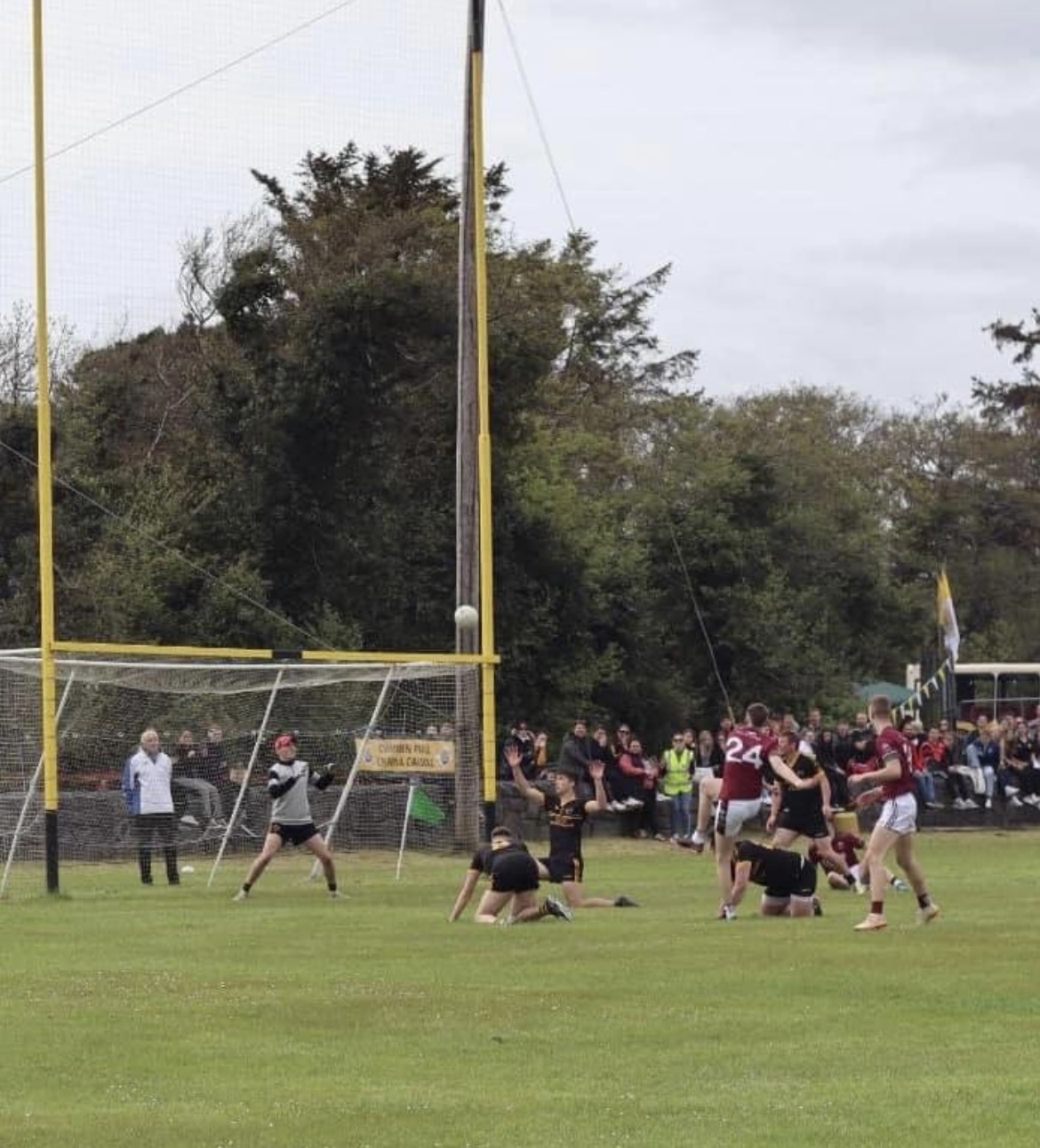UPMC Sports Surgery Clinic and Trinity College are currently working closely together to drive research and learning that can support the care of injured athletes of all ages.
Professor Moran, who has had work published internationally on knee and shoulder injury, explains the problem: “One of the issues is that when injury happens in younger life, you may be at risk of developing further problems with that joint over your lifetime.” Appropriate injury management, as well as injury prevention where possible, are key factors in improving outcomes.
One of the most common things Professor Moran sees are knee injuries, which appear to be on the rise across all age groups, from age four right up to age 40.
His area of expertise includes the ACL (anterior cruciate ligament) – SSC consultants perform about 1,500 reconstruction surgeries every year. The youngest he’s operated on so far in 2016 is a 12-year-old who had recurrent instability.
“International research suggests that there is over 20pc re-injury rate on the same or opposite knee following an ACL injury in one’s teens,” he says.
If you dislocate your shoulder, a common rugby injury, at a young age, this is the strongest predicting factor for this happening again.
What’s also of concern though, according to Professor Moran, is the fact that of those who get injured, a significant number may struggle to achieve their previous level of performance or may decide to give up their sport entirely as a result, which no parent wants to see either.
A paper just published in the American Journal of Orthopaedic Sports Medicine examines the benefits or otherwise of early sports specialisation among young children. They classify this as roughly 12-year-olds, who participate in one main sport for eight or more months of the year.
What they found was that these kids were subject to overuse injury, burnout and increased drop-out rates from sport. It also showed that there are no benefits to be derived from specialising in a sport early on.
Greg Myer, director of research and the Human Performance Lab at Cincinnati Children’s Hospital, is a similar advocate to Professor Moran; both shared a stage recently at an
international SSC-TCD ACL injury conference which took place in Trinity.
(2nd Annual Meeting in Orthopaedics & Sports Medicine focusing on the ACL took place in Trinity College Dublin on October 21st. L-R Cathal Moran, Consultant Orthopaedic Surgeon specialising in knee & shoulder surgery, SSC; Enda King, Head of performance Rehabilitation SSC; Luke Anthony, Injury Prevention Specialist at Norwich City FC; Greg Myer, Director of Research & The Human Performance Laboratory, Cincinnati Childrens Hospital; Nick Winkelman, Head of Athletic Performance IRFU; Grethe Myklebust, Oslo Sports trauma Research Centre, Norway; Chris Richter, Head of Sports Medicine Research & Development, SSC; Neil Welch, Lead Strength & Conditioning Coach, SSC and Mark Jackson, Consultant orthopaedic Surgeon specialiaing in knee surgery at SSC)
Greg’s research began 20 years ago when he set out to try and find why young female athletes were suffering a greater number of injuries compared to their male counterparts, with injury rates for females peaking at 16. They looked at the whole school district, from age 10 up, studying the kids’ biomechanics as they matured and what factors led to higher injury risk.
What he found was that female athletes jump as high as they’re ever going to jump at puberty – as they mature they don’t get any more powerful. He likens it to building a bigger car but without adding any additional horsepower. Males, on the other hand, become more powerful with each successive stage of puberty.
The relevance of all this? It highlights how crucial early motor skills can be for kids if we want them to play injury-free sports later on.
“Obesity is the number four killer worldwide but kids aren’t getting exposed to proper motor skills in their physical education in schools,” he says. “Yet they’re still going out and playing sport, and playing at a very high rate, but they’re not developing the prerequisite motor skills that will help them play sports safely.”
These kinds of motor skills Greg speaks of should be taught to kids early in life prior to risk factors setting in, ideally “as soon as they can take instruction”. In addition to being taught how to jump and land, they should also be taught resistance training.
The key message coming through is that if you want your children to play sports, get them to play a variety – don’t have them focus on one particular sport, especially if they are under the age of 12. Most importantly, don’t underestimate the value of free play, which has been edged out in favour of more parent and coach-led activities in recent times.
| “Free play is so important,” says Cathal. “It builds core strength, brain signalling to muscles, and a multitude of other factors that they can then apply to their sport.” |
Both medics agree that injury prevention should be top of the agenda when dealing with kids in sport, not only so that they can stay healthy but also so that they can remain playing sports throughout their lifetime.
The good news is that there is a vast amount of research now being done in the area of injury prevention and treatments and rehabilitation protocols are improving all the time.
“We’re always trying to understand why these injuries happen,” says Professor Moran. “For example, we have just had a paper from Trinity and SSC accepted to the British Journal of Sports Medicine looking at video analysis of ACL injuries in rugby.
“It demonstrates that two thirds of them are caused by contact and that many of these happen in the last quarter of the game. This is all new data, and
something that allows us to think about best techniques to keep players safe.”
Previously ACL injuries were thought to be mainly non-contact, with an even risk throughout the game.
Last year Proessor Moran also helped establish a sports medicine pilot programme that assists injury management in Trinity’s student athletes, the first of its kind in the country. Working with Trinity Sport and Trinity Health Centre, it has been a big success and the hope is that the knowledge gained can be rolled out to school-going children in due course.
Part of being a parent these days involves continually educating yourself so that you can guide and advise your kids as best you can. But we can’t do it on our own.
“For me, there’s a mechanism that can reach all our kids and that’s our school system,” says Greg. “That’s where we’re failing them because what’s happening now is there’s competition to get into better schools. To do this they need to spend more time studying and there’s this perception that you can just get rid of physical education classes because they’re the ‘fun’ class.
“Physical education builds motor skills that last a lifetime. It doesn’t make sense why we’re taking it away,” he adds.












